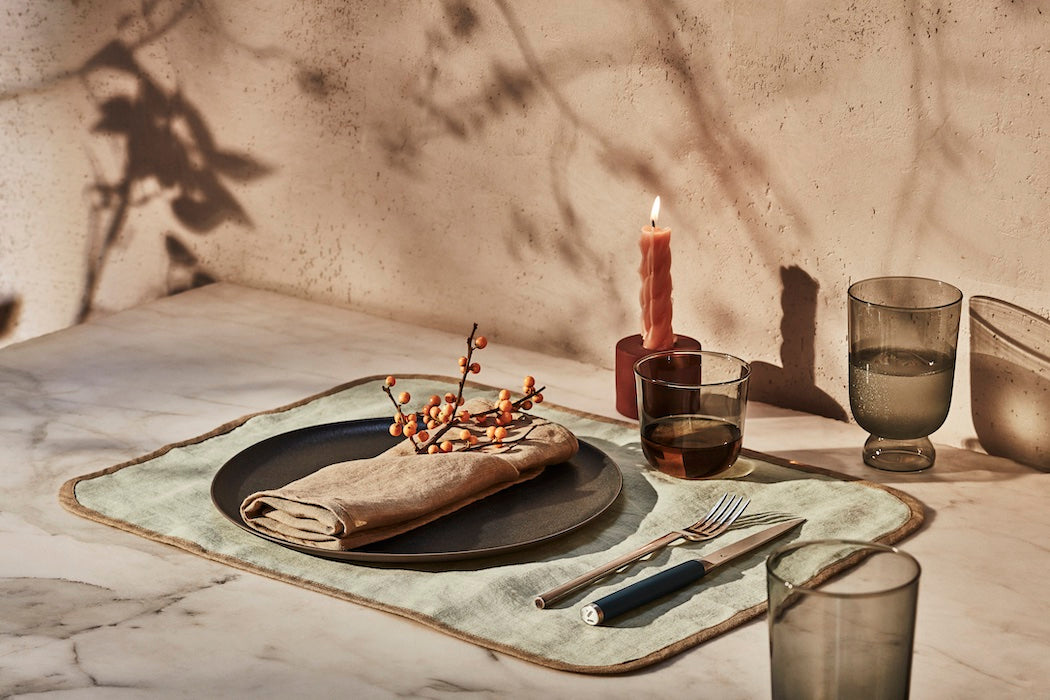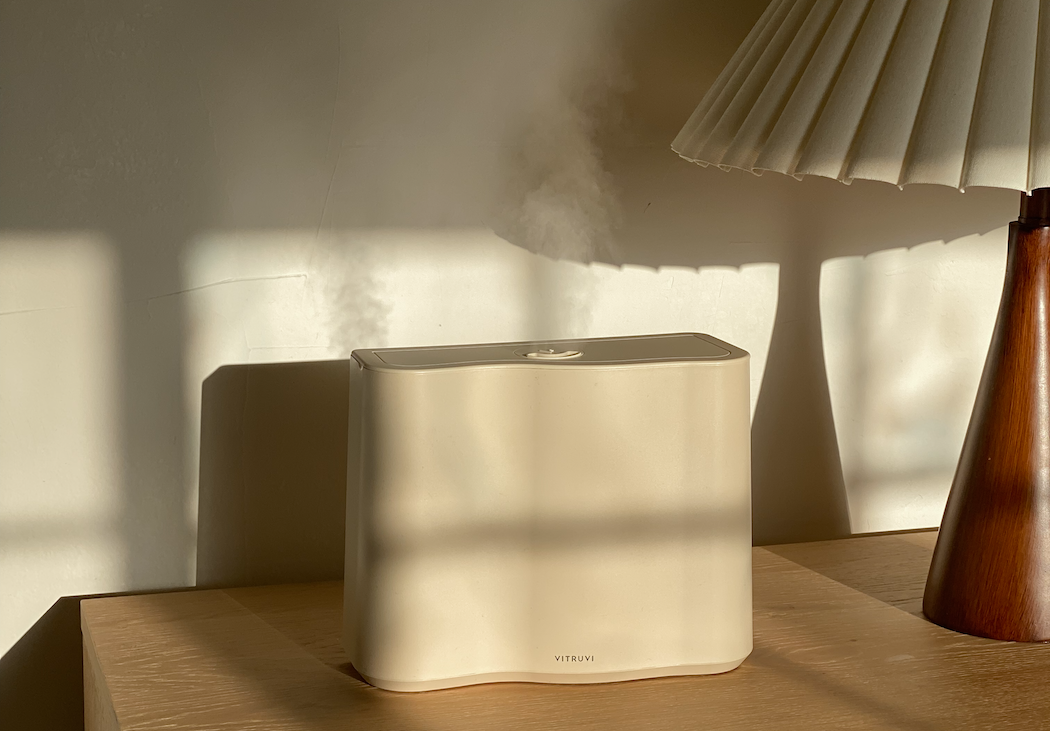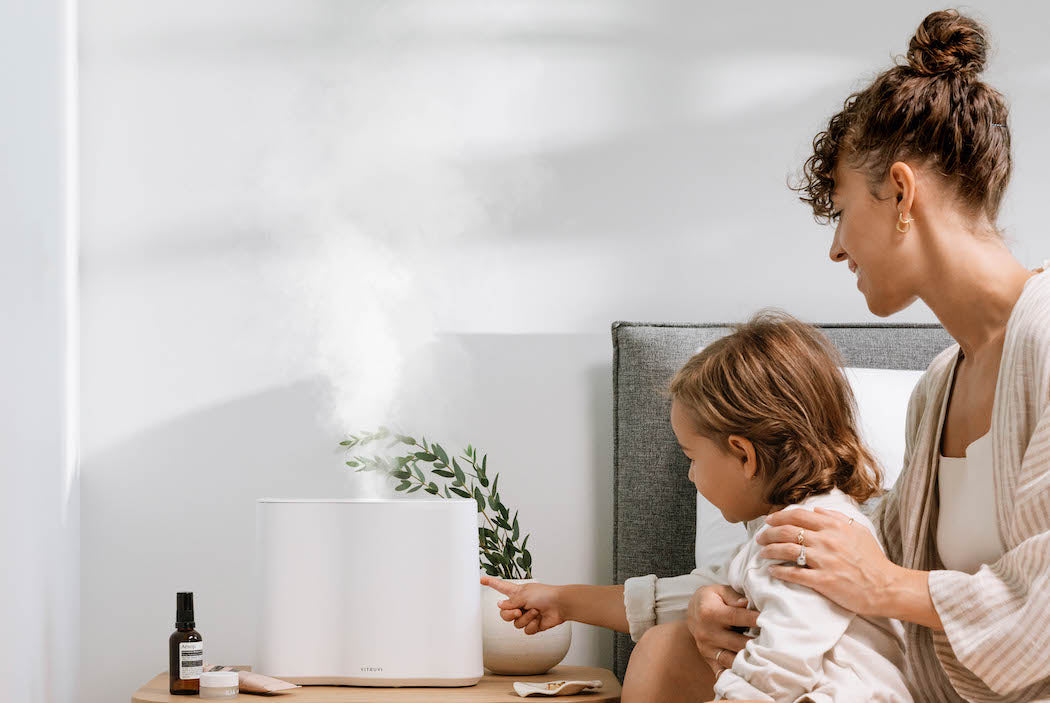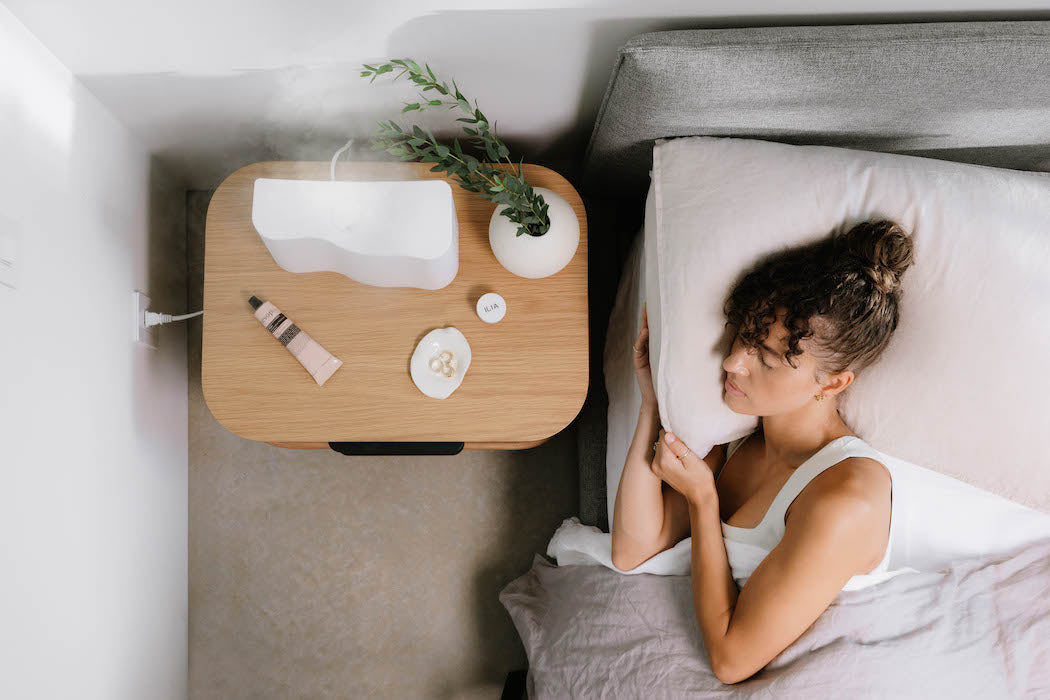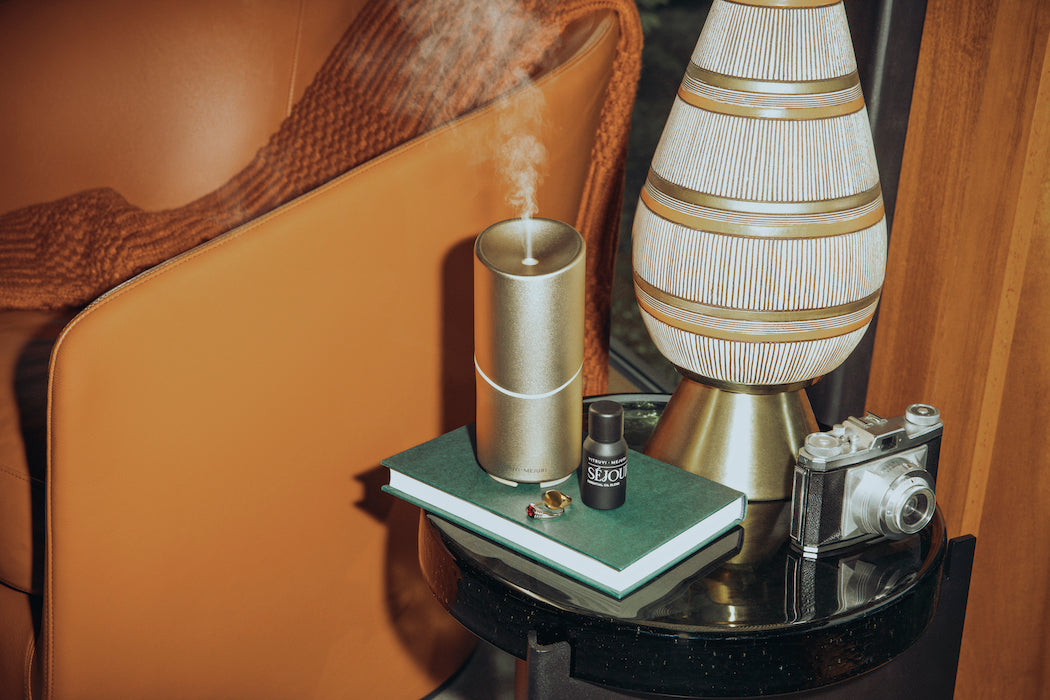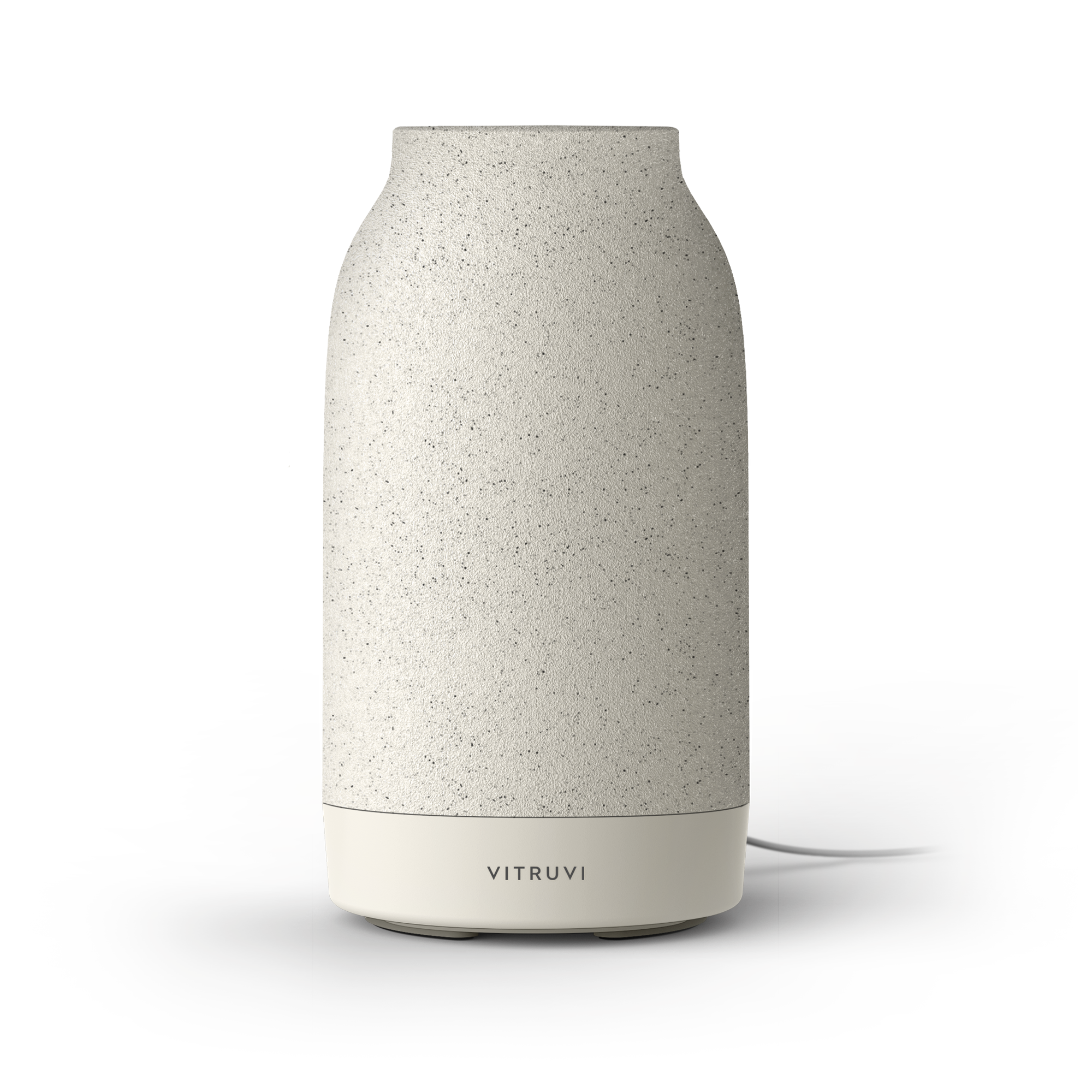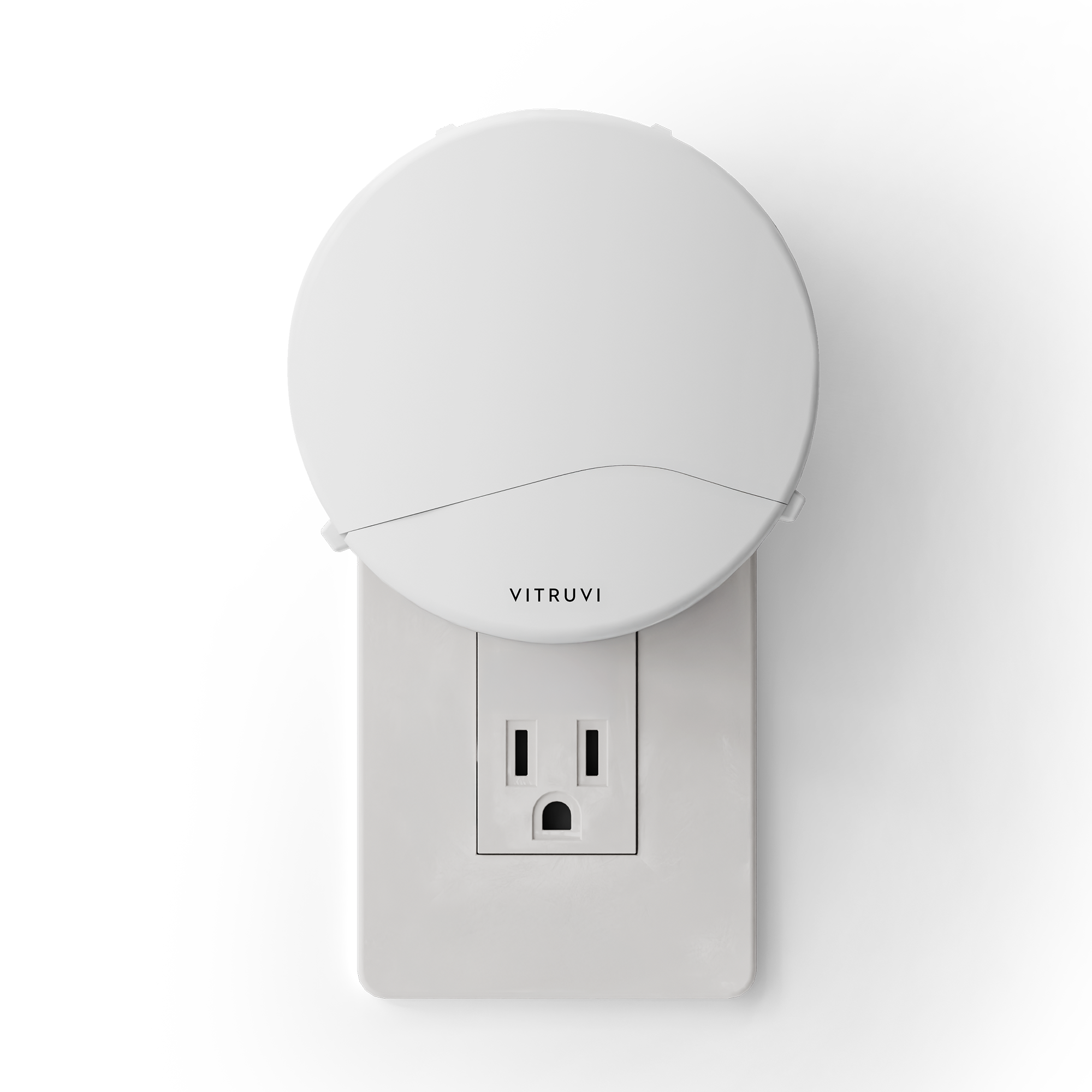I heave the 10-kilogram bag of all-purpose white flour onto our counter with a groan. It’s our third (or fourth?) big bag since we started working from home together in the middle of March, and it has quickly become the most valuable staple in our household.
Which is why, upon setting the bag down, I panic: the paper has ruptured, creating a four-inch tear across the densest part. I inspect a little further, and to my horror, flour begins leaking out.
“No, no, no!” my partner, George, exclaims in a panic. “Get the tape! Where is the tape!”
I find said tape, and he uses it to fashion a sheet of tinfoil armour, fortifying the bag’s little belly against further tears (we hope). The response was dramatic, but it came naturally: like many people, making our own bread and other treats has become something of a lifeline in our home since the coronavirus pandemic began.
At first, we were empowered by the romance of creating our own pantry meals, which were calorically efficient and kept our shopping trips to a minimum. But as we expanded our repertoire, we came to love baking not only in terms of nourishing our bodies with bread and brioche, but also in terms of the extremely satisfying and kinetic process of creating a beautiful dough. When we really need a win, or when we are desperate to feel some semblance of control, we bake.
In our tiny apartment, with nary a stand mixer to be found, George will knead his dough for sometimes 20 minutes without stopping, the heat of his hands slowly convincing a shaggy, heterogenous mixture to come together into a soft, resilient ball that springs back just slightly when you poke it. For me, it’s been a lesson in patience.
“It’s not working, I think something’s wrong,” I said the first time we made pretzels. My dough just would not come together; with every pass of a little more flour (and every ache of my forearms), my sticky creation continued to flatten itself to the counter.
“It’s fine. It can sense fear,” George responded casually. “Just keep going. Just trust the dough to come together.”
I made fun of him for his intuitive approach to baking, but he was right. Sinking into the manual and repetitive process of kneading—in this case not unlike wedging a new block of clay—eventually brought together a supple, resilient dough. Since then, those 15 minutes of arm work have become sacred to me: 15 minutes when there’s nowhere to be, and nothing to do but knead.
I heartily encourage all bread-curious would-be chefs to dive in with this chocolate babka recipe. No stand mixer? All the better—knead by hand instead. Just remember: trust the dough, trust yourself, and when it’s all finished, indulge.



